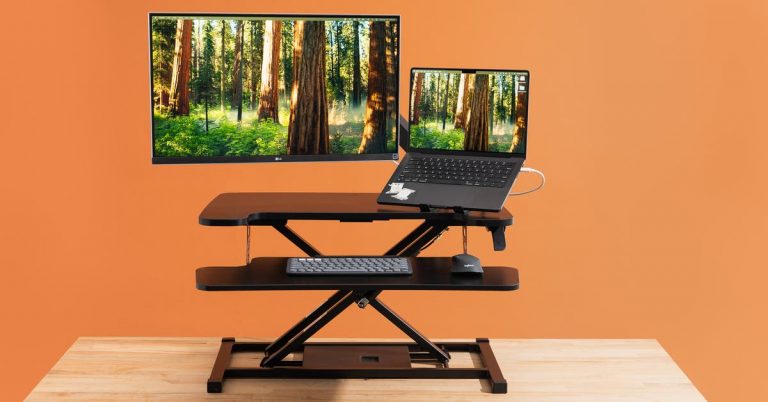The Mighty Patch Is the Skin-Care Solution of My Tween Dreams
These pimple patches are made of a layer of hydrocolloid, a gel-forming polymer often used for dressing superficial wounds, as well as a thin, plastic exterior. Dermatologist Ariel Ostad, MD, explained to me that hydrocolloid has been used in wound treatment for decades — even for open wounds, say, like a lesion from picking a pimple. “So when you put a hydrocolloid patch [on a wound], it traps the moisture, and that actually promotes healing,” he said.
More practically, these patches absorb “pimple gunk” — or excess fluid, such as sebum, blood, or inflammatory fluids — in six to eight hours, while also creating a better, moist environment for healing and a protective layer for guarding against meddling fingers.
The patches work best on whiteheads, and I’ll put them on an offending zit at the beginning of the day or right before bed. Eight hours later, the patches will have their signature white, opaque spot, signaling that they’ve done their job of pulling moisture from the pimples. I then take them off to reveal less inflamed and noticeable spots.
It works on pimples that have turned into wounds, as well, though Ostad warns against putting hydrocolloid patches on infected wounds, because doing so can trap the infection and make it fester. He recommends looking out for signs of infection, such as warmth or heat in the area, thick yellow or green pus (as opposed to a small amount of clear fluid), increased redness and swelling beyond the pimple, pain that worsens over time, and oozing that doesn’t resolve. (If you’re not sure whether one of your pimples is infected, it’s best to seek dermatological care, just in case.)

Keep in mind that, while the Mighty Patch can be effective for whiteheads, it is not a standalone acne treatment. Ostad told me that while there are more effective treatment options, including over-the-counter benzoyl peroxide or salicylic acid, these types of patches aren’t useless. “It at least gives patients something to do. It gives them some time to try something so they feel better psychologically.”
And I couldn’t agree more. While the patches do promote healing for specific types of acne, more importantly, they create a safe barrier between my spots and my grimy fingers. Picking your pimples can cause inflammation, scarring, and worsening acne by introducing dirt and bacteria.
It is also important to note that the Mighty Patch isn’t the only hydrocolloid patch out there. But using a translucent pimple patch, which seamlessly blends with my skin tone, to cover up a particularly unsightly bump or scab makes me feel more confident. And knowing that my cover is nearly invisible makes me feel better, too. I can appreciate that many people are comfortable opting for star- or heart-shaped patches, but I personally don’t want to invite people to notice my acne. (The Original Patch, which I use, isn’t as translucent as the brand’s Invisible+ “daytime” patch offering, but they are virtually the same thing.)
Truthfully, I’m jealous that today’s teenage girls have this makeup-free way to cover up their acne, and that wearing visible patches is socially acceptable now. I was deeply insecure about my appearance in my younger years, and I think these patches would have made me feel a bit better, even if they aren’t an acne cure-all. (Under a dermatologist’s care, my cystic acne started to clear up around age 16 — which is when I got braces for a second time. You win some, you lose some.)
The Mighty Patch’s biggest drawback is its price. Packs aren’t cheap, and I cringe at the cost every time I buy them. Spending $13 for 36 non-reusable patches that might not always work on every pimple seems steep, but the confidence boost is worth the investment. To keep my skin-care routine a little cheaper, I still use Band-Aids at home for a protective barrier, but I use these patches without guilt when I’m heading out of the house.
I may not be an insecure teen anymore, but I’m still human, and a gnarly pimple appearing on the morning of an important day (à la Toula on the morning of her wedding in My Big Fat Greek Wedding) makes me groan. But these simple, barely visible pimple patches feel like a little luxury I can give to myself. It’s the gift of preventing my bad habits, and covering up the worst of my acne, while actually making it a bit better. It’s a gift to my inner 12-year-old, with her world-ending acne — there’s no need to panic, just shrug your shoulders, slap on a patch, and keep going through life.
This article was edited by Hannah Rimm and Maxine Builder.






